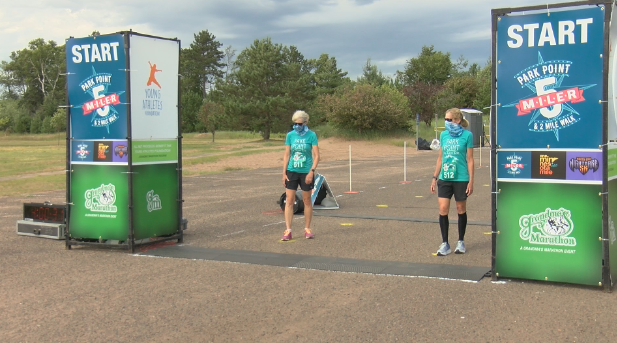This website uses cookies so that we can provide you with the best user experience possible. Cookie information is stored in your browser and performs functions such as recognising you when you return to our website and helping our team to understand which sections of the website you find most interesting and useful.
There’s much good news in this science-based document, authored by Dr. Brooke Nichols, a health economist and infectious disease mathematical modeler. Among her conclusions: Given the relatively limited risk of SARS-CoV-2 transmission outdoors, coupled with mitigation measures, it is possible to race safely, with minimal transmission risk.
“This paper offers interim guidance on safely operating running events in the time period between the beginning of vaccine rollout in the United States and prior to full epidemic control,” writes Dr. Nichols, who has worked with numerous U.S.-based races on safety protocols for resuming live events.
“As vaccination rates increase across the country, eventually the likelihood of severe diseases and mortality will decline, as will the likelihood of transmission events. However, during this transition period between a pandemic phase and endemic phase of the epidemic, many mitigation requirements are still required to keep participants, staff, volunteers, and spectators safe.”

